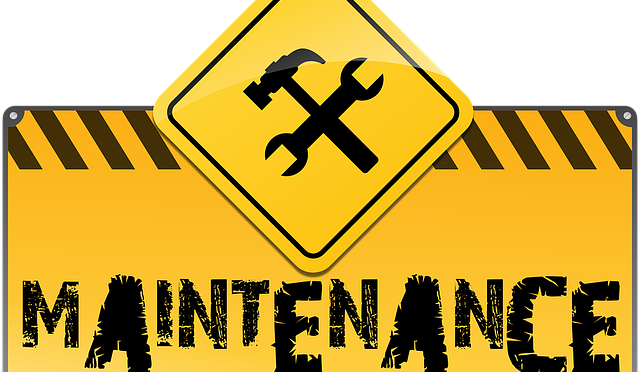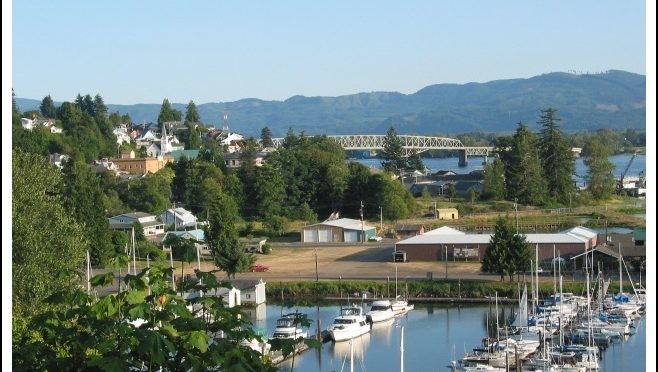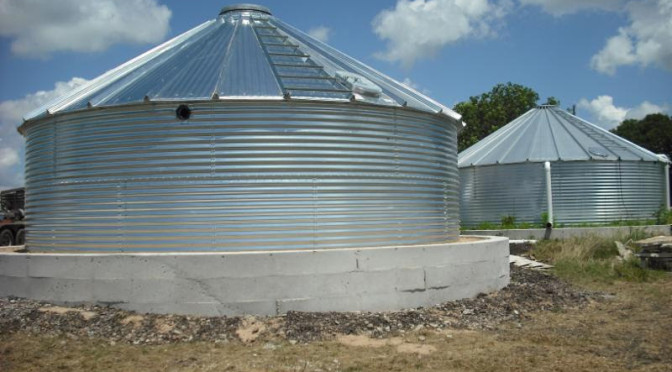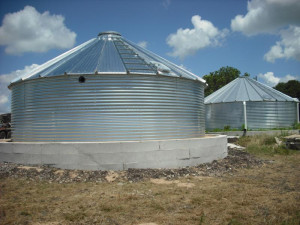 Captured for drinking, laundry, toilet flushing, irrigation, fire suppression or wash down, since this post was first published in 2014, under the title How to Maintain a Rainwater Collection System, homeowners, businesses and government agencies have embraced the benefits of collecting rainwater as a sustainable alternative to water from aging public systems.
Captured for drinking, laundry, toilet flushing, irrigation, fire suppression or wash down, since this post was first published in 2014, under the title How to Maintain a Rainwater Collection System, homeowners, businesses and government agencies have embraced the benefits of collecting rainwater as a sustainable alternative to water from aging public systems.
Whether your rainwater collection system consists of simple rain barrels or whole house potable usage, maintenance of your system is essential to its successful operation. Simple tasks will keep clean water flowing for years to come with little effort.
Here are eight tips for maintaining a rainwater harvesting system.
- Gutters should be kept free of leaves and pine needles so as not to create tannins or discoloration of the water.
- If possible, cisterns should be placed in a shady area so as not to promote algae growth. A screen basket at the entrance of the cistern to keep debris from entering should be cleaned as needed.
- If a sump tank is used for transferring water to cisterns, periodic cleaning will help keep the water in the cistern cleaner.
- Any PVC pipe should be painted for UV protection and protected from freezing.
- Filtration elements should be changed as needed with canisters cleaned at time of changing elements.
- If the system is for potable use, the UV bulb should be changed per manufacturer’s recommendations.
- Shocking the system with chlorine during UV change will help keep the plumbing lines disinfected.
- Finally, keeping a log of maintenance will help keep a schedule of your tasks.
You can click here for a free copy of RainBank’s recommended maintenance schedule.



 other county in Washington will adopt rainwater harvesting for potable use in single family homes.
other county in Washington will adopt rainwater harvesting for potable use in single family homes.
 RainBank Rainwater Systems has more than 15 years’ experience in steel water storage tank construction and is now offering an alternative in the corrugated steel water tank market. RainBank Rainwater Systems is the Northwest regional distributor of Contain Water Tanks, offering quality at competitive pricing.
RainBank Rainwater Systems has more than 15 years’ experience in steel water storage tank construction and is now offering an alternative in the corrugated steel water tank market. RainBank Rainwater Systems is the Northwest regional distributor of Contain Water Tanks, offering quality at competitive pricing.